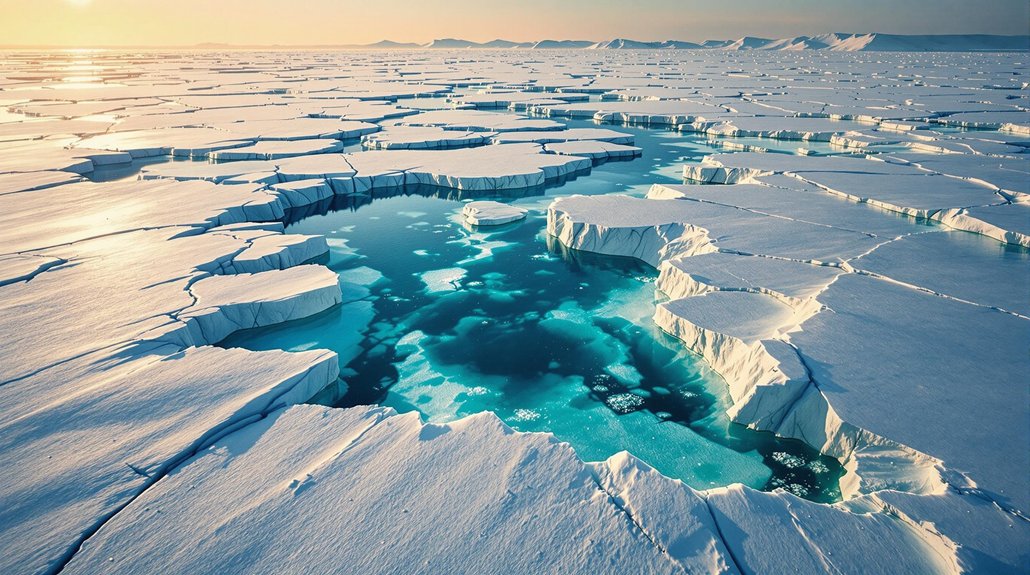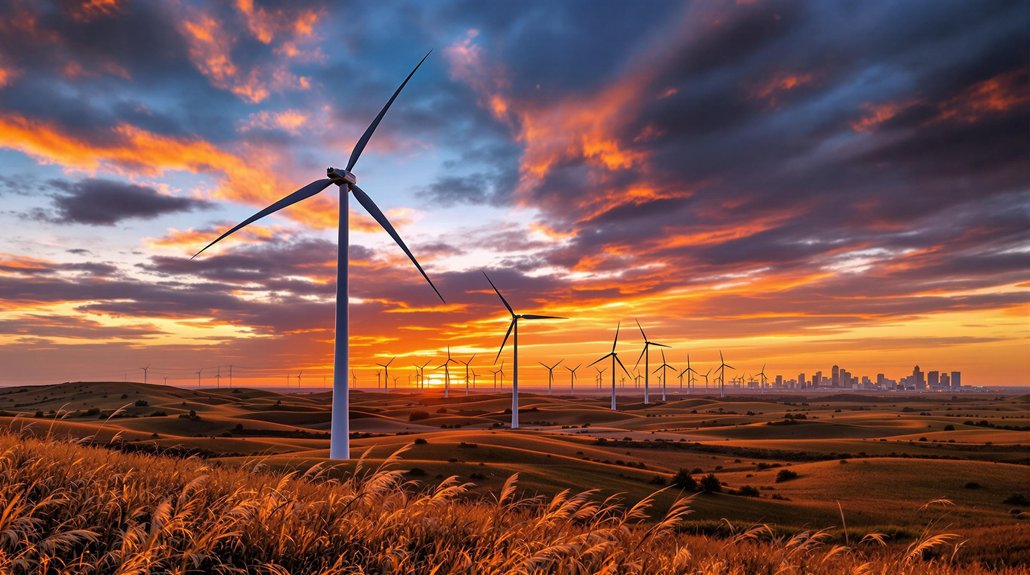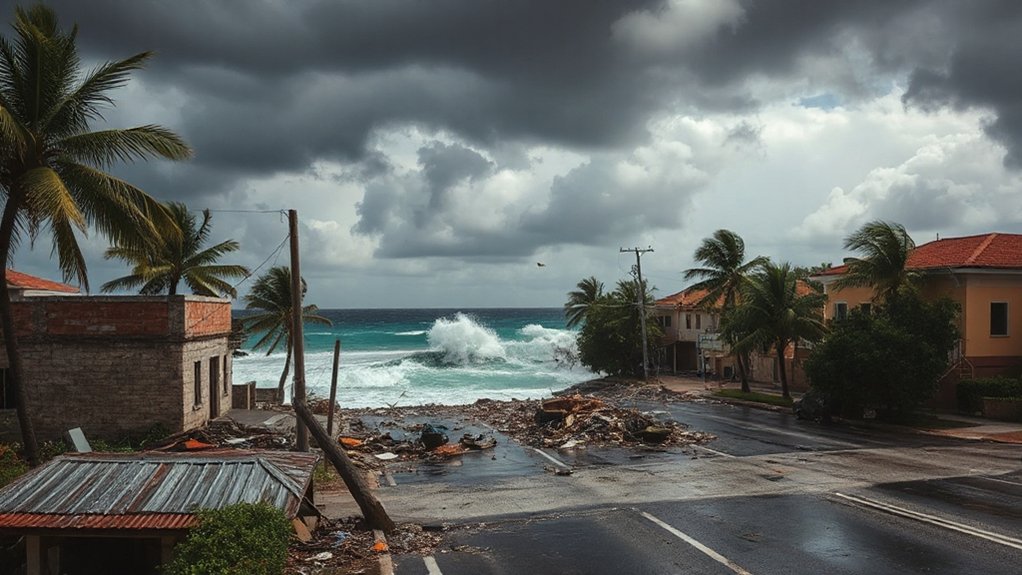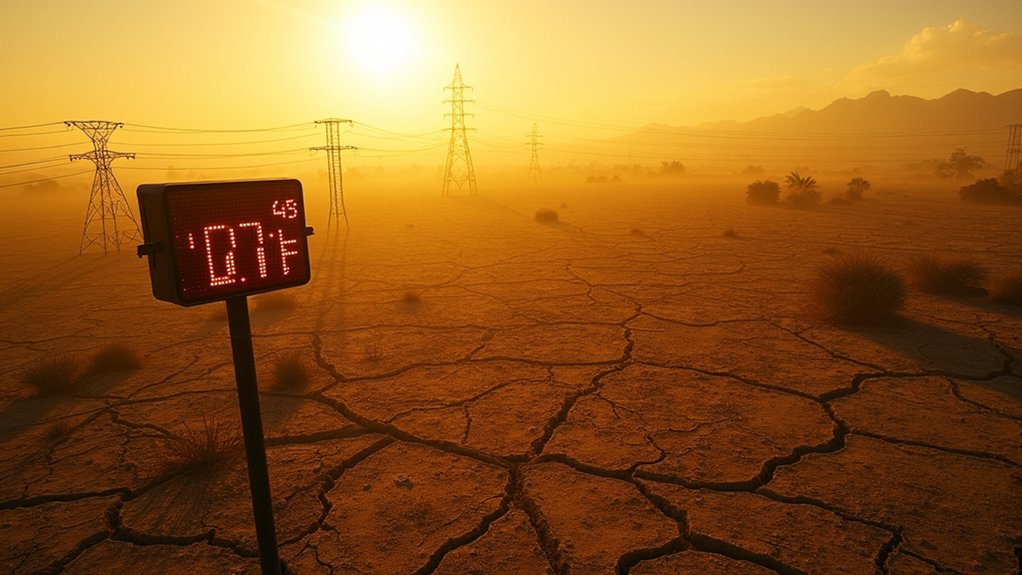Earth’s polar ice is rapidly melting due to greenhouse gases and human activities. This melting raises sea levels, threatening coastal communities worldwide. Weather patterns become more extreme as ice disappears, disrupting farming and food production. Wildlife like polar bears face habitat loss, while humans experience freshwater scarcity as glaciers diminish. Even communities far from polar regions will feel these impacts through climate shifts, food prices, and water availability. The consequences extend beyond the poles.
Why are the world’s polar ice caps vanishing at an alarming rate? Scientists point to a rapid increase in greenhouse gases, especially carbon dioxide, from human activities like industry, transportation, and deforestation. These gases trap heat in our atmosphere. Earth’s surface and oceans are warming as a result, causing polar ice to melt faster than ever before.
The problem gets worse through a feedback loop. As ice melts, it exposes darker ocean water that absorbs more heat rather than reflecting it. This speeds up the warming. The Arctic is feeling this effect most strongly, warming two to four times faster than the global average. Since the industrial revolution, industrial activities have significantly increased the concentration of atmospheric greenhouse gases driving this warming.
This melting ice contributes considerably to rising sea levels. Since 1961, glacial melting has raised oceans by about 2.7 centimeters. Currently, the world loses about 335 billion tonnes of glacier ice each year. If all glaciers melted completely, sea levels would rise by nearly half a meter, threatening coastal communities worldwide. The Greenland ice sheet alone would contribute about 20-foot rise if it melted entirely.
The disappearance of polar ice affects weather patterns too. As Earth’s white, reflective surfaces shrink, more solar heat is absorbed. This destabilizes the polar jet stream, causing more extreme weather events like heatwaves, floods, and unusual cold snaps in places far from the poles. These changes disrupt farming and can lead to higher food prices. Glaciers, which cover 10% of Earth’s surface, play a crucial role in regulating global climate stability.
Wildlife also suffers as ice vanishes. Many species like polar bears and ringed seals depend on sea ice for hunting and habitat. Their decline affects entire food webs. Indigenous communities that rely on traditional hunting grounds face threats to both food security and cultural heritage.
Melting glaciers reduce available freshwater for drinking, farming, and power generation. Millions of people depend on rivers fed by glacier meltwater. As this resource diminishes, water scarcity increases in vulnerable regions.
The changes aren’t all negative for humans in the short term. New Arctic shipping routes are opening up. However, these routes increase risks of oil spills in remote areas where cleanup would be extremely difficult.








